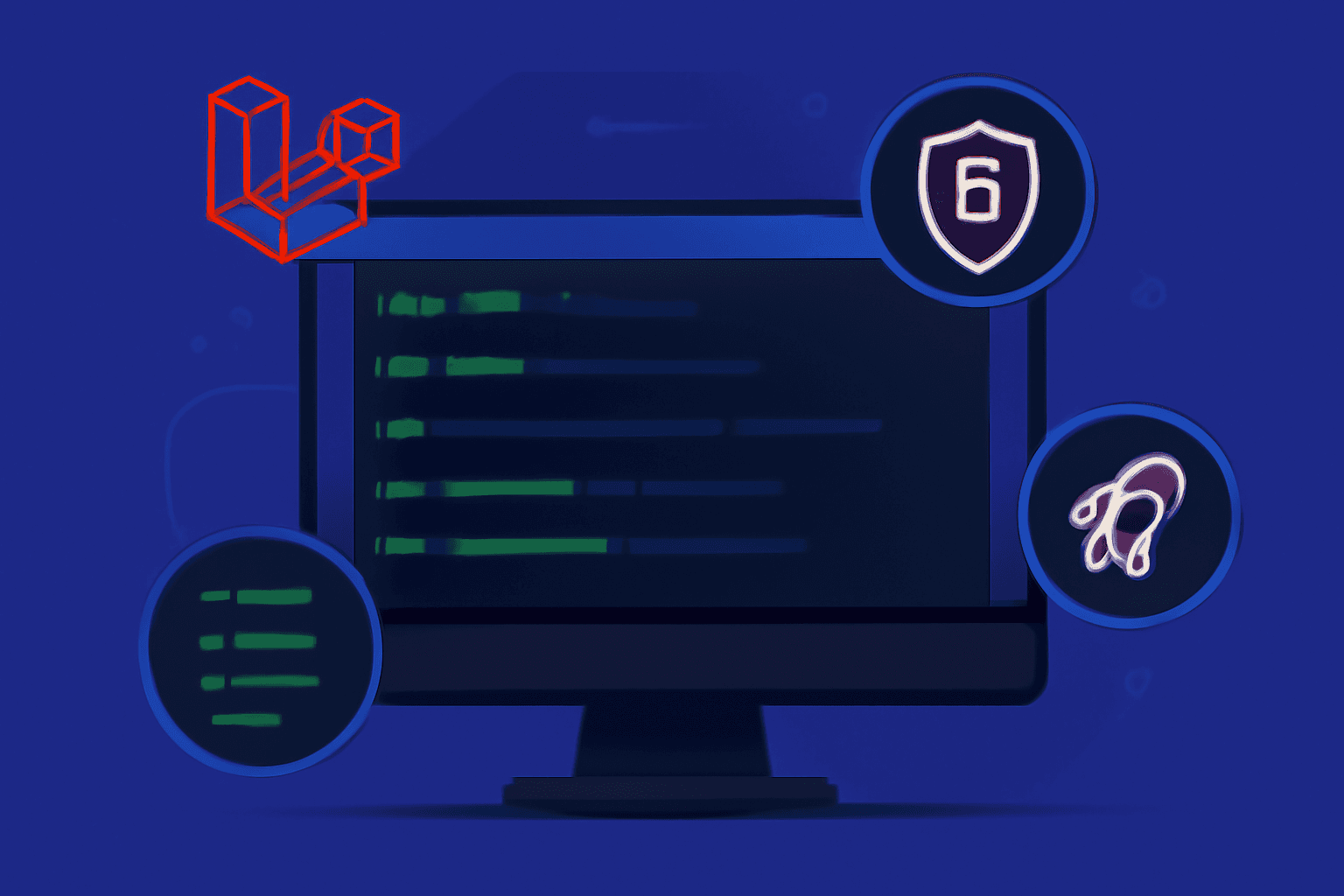The .env file is crucial for separating configuration settings from the application code, making it easier to switch between environments (like local, staging, or production). It improves security by isolating sensitive information such as database credentials and API keys, which shouldn't be hard-coded in the codebase. The .env file also simplifies environment management, allowing quick configuration changes without altering the source code or affecting other developers working in different environments.
-
Understand the role of .env files in Laravel projects
-
Manage environment variables securely and efficiently
-
Follow best practices to protect sensitive configuration data

